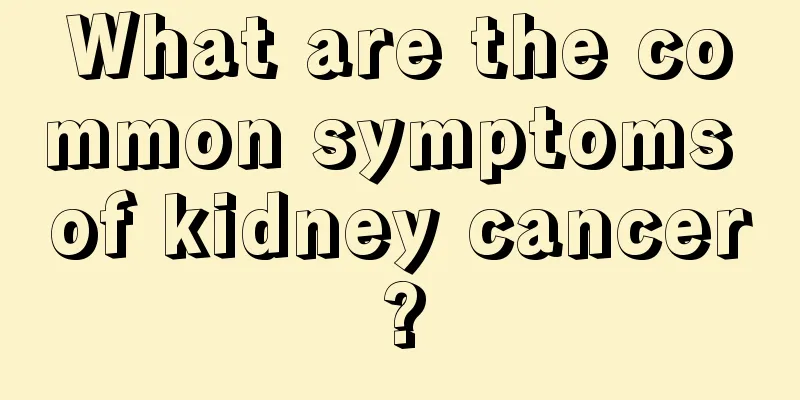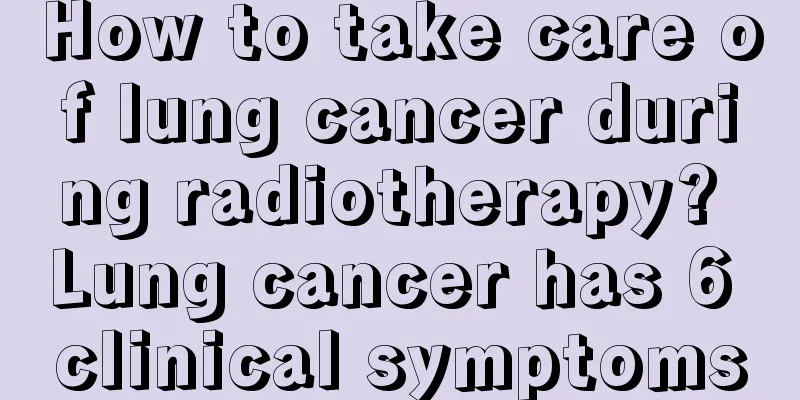What to do if forehead gets allergic rash

|
Many people suffer from acne on their foreheads due to allergies, from the beginning of the season change in spring to the summer. Especially in the summer, acne becomes more serious when it gets hot. Some people think pimples are unsightly so they squeeze them, which results in the pimples becoming more and more serious. What is the reason for so many pimples on the forehead? Generally speaking, this is an allergy or urticaria. Clinical manifestations The basic lesion is the appearance of wheals on the skin. The skin often itches first, followed by the appearance of wheals, which are bright red or pale, skin-colored. A few patients have edematous erythema. The size and shape of the wheals vary, and the onset time is uncertain. The wheals gradually spread and merge into sheets. Due to edema of the dermal papillae, the openings of the epidermal hair follicles can be seen sunken downward. The wheal lasts from several minutes to several hours, and in some cases it can last for several days before disappearing without leaving any trace. The rash occurs repeatedly in batches, mostly in the evening. Wheals are often generalized but may also be localized. Sometimes it is accompanied by angioedema, and occasionally bullae form on the surface of the wheal. Some patients may experience nausea, vomiting, headache, head swelling, abdominal pain, and diarrhea. Severe patients may also have systemic symptoms such as chest tightness, discomfort, pale complexion, accelerated heart rate, weak pulse, low blood pressure, and shortness of breath. A disease that is cured in a short period of time is called acute urticaria. If the urticaria recurs at least twice a week for more than 6 weeks, it is called chronic urticaria. In addition to the common urticaria mentioned above, there are also the following special types of urticaria. 1. Skin scratch urticaria/artificial urticaria The patient's physiological response to weak external mechanical stimulation is enhanced, causing wheals on the skin. After scratching, or when wearing tight belts or garters, the patient will develop local wheals and itching. 2. Delayed dermatographism Skin scratches will cause wheals and erythema 6 to 8 hours after stimulation, and the wheals will last for 24 to 48 hours. There is more than one delayed skin lesion, and small segments or dots are formed along the scratch. The lesions are deeper or wider, and even expand to both sides to form lumps. Local fever and tenderness. 3. Delayed pressure urticaria The rash develops 4 to 6 hours after local skin pressure is applied and usually lasts 8 to 12 hours. Symptoms include localized, deep, painful swelling, which may be accompanied by chills, fever, headache, joint pain, malaise, and a mild increase in white blood cell count. Large local swelling resembles angioedema and is prone to occur on the palms, soles, and buttocks. There may be a 24-hour incubation period before the lesions occur. 4. Cholestatic urticaria The rash is characterized by the occurrence of diffuse small wheals of 1 to 3 mm in size except on the palms and soles, with obvious surroundings. Satellite wheals can sometimes be seen among them, or tiny sparse wheals with or without red halos may be seen. Sometimes the only symptom is itching without wheals. The damage lasts from 30 to 90 minutes, or up to several hours. It mostly occurs during or shortly after exercise, accompanied by itching, tingling, burning, heat or skin irritation. It can also be triggered by heat or emotional tension. 5. Cold urticaria It can be divided into two types: familial and acquired. The former is relatively rare and is inherited in an autosomal dominant manner. A delayed reaction occurs half an hour to four hours after exposure to cold. The rash is a non-itchy wheal that may have a cyanotic center surrounded by a pale halo. The rash lasts for 24 to 48 hours and has a burning sensation, accompanied by systemic symptoms such as fever, joint pain, and increased white blood cell count. The latter is more common, and patients often experience it when the temperature drops suddenly or after contact with cold water. Within minutes, itchy edema and wheals occur locally, most often on the face and hands. In severe cases, other parts of the body may also be affected. Headache, flushing of the skin, low blood pressure, and even fainting may occur. 6. Solar urticaria A few minutes after the skin is exposed to sunlight, itching, erythema and wheals quickly appear locally. The wheal disappears after about 1 to several hours. The rash may be accompanied by chills, fatigue, fainting, and intestinal cramps, which disappear within a few hours. 7. Contact urticaria It is characterized by wheals and erythema when the skin comes into contact with certain allergens. It can be divided into two categories: immune mechanism and non-immune mechanism. Non-immune disease is caused by the direct action of primary irritants on mast cells to release substances such as histamine. Almost all contacts will become ill without the need for substance sensitization. The immunity is a type I allergic reaction, and specific IgE antibodies can be detected. In addition, there are rarer types of urticaria such as heat urticaria, exercise urticaria, tremor urticaria, aquagenic urticaria, adrenergic urticaria, and electrical urticaria. |
<<: There is a hard lump on my belly
>>: There is a small fleshy lump in the mouth
Recommend
Can eating dried red dates replenish blood?
Dried red dates are foods that have the effect of...
What to do if your hands are swollen after hanging saline solution
Infusion is a common treatment method, and many d...
What causes mucus in stool?
Mucus in the stool may be a symptom of hemorrhoid...
What's wrong with my butt hurting
In people's daily lives, many people suffer f...
How to avoid recurrence of tongue cancer after surgery
For patients with tongue cancer, surgery is gener...
Can I use milk mask every day?
When using the milk mask, it has a very good whit...
How about laser spot removal
Most women start to have spots on their faces aft...
Understanding what kind of disease is glioma
Clinical studies have shown that under the fast-p...
What are the effects of Tongren Dahuoluo Pills
What are the effects of Tongren Dahuoluo Pills? F...
HPV vaccine precautions
The HPV vaccine is also known as the uterine canc...
What Chinese medicine can cure brain cancer
At present in our country, due to the continuous ...
Can I have a child if my colon cancer is not cured?
Colon cancer is a common malignant tumor of the d...
The skin turned red due to the cold in winter
The winter climate is cold and dry, which is a pa...
How to remove bacteria from the toilet?
Most families use toilets, which are very conveni...
Why do I suddenly feel dizzy, nauseous and vomit?
Although people's living standards have impro...









